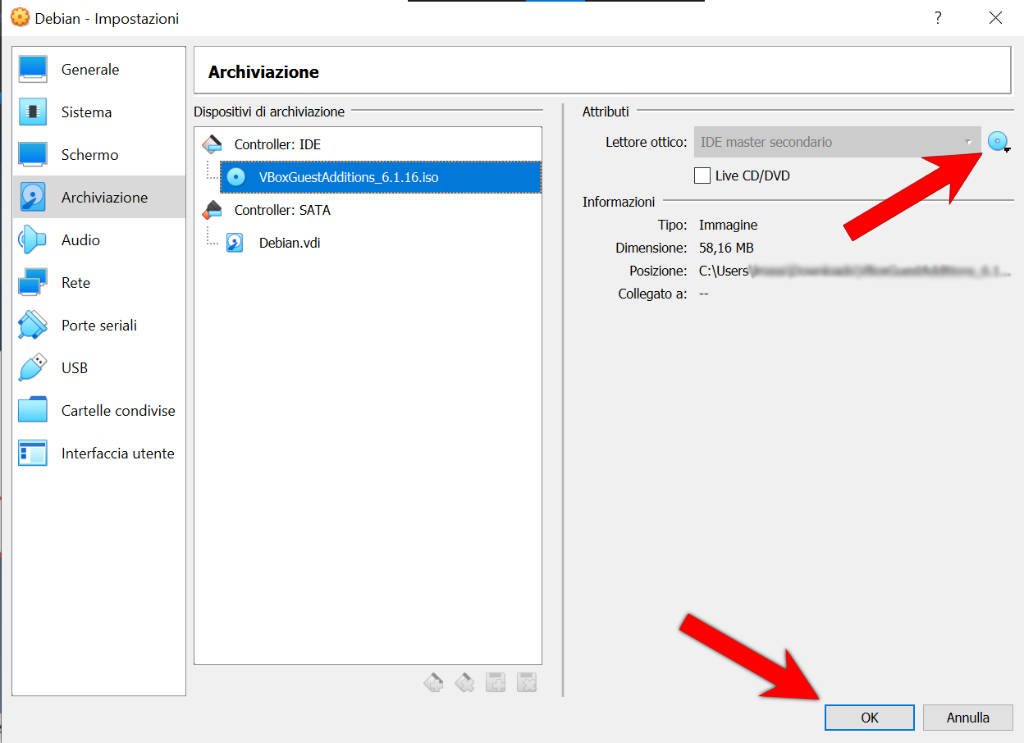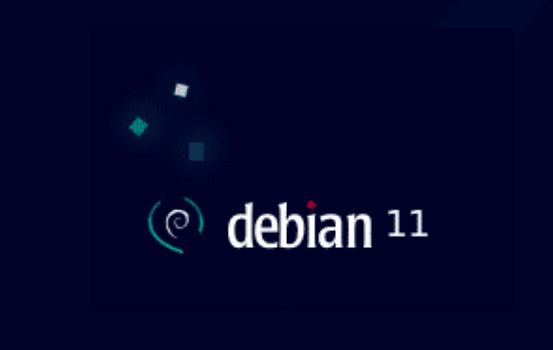
The initial reason why I decided to virtualize was because of UEFI issues, and because virtualization has less problems. Wait a couple of minutes and rebooted, and now everything is fine! xrandr -q now gives me many more options, including 1920x1080, and I happily selected that using xrandr -output VBOX0 -mode 1920x1080.

Substitute that for wherever you installed VirtualBox.Īfter that I manually mounted the cdrom, with help from nixcraft, and ran the file # mount /dev/cdrom /media/cdrom and then navigate to C:\Program Files\Oracle\VirtualBox. Basically it involved me going to the VirtualBox window, selecting Devices > CD/DVD Devices > Choose a virtual CD/DVD disk file. I got most of the information from VirtualBox’s official manual. Click that didn’t see to have any effect, my /media/cdrom was still empty. The simplest way to mount the cdrom onto your guest os is to go to the VirtualBox window, click on Devices > Insert Guest Additions CD Image, but somehow that didn’t work for me. I then got stuck at running n - I couldn’t mount the cdrom. I ignored the part on lsmod and skipped straight to apt-get install build-essentials module-assistant. My take away was to try to install Guest Additions, and see what happens. Apparently Debian Jessie ships with a version of Guest Additions, but it isn’t the lastest one. The OP faced a problem with screen resolution on his guest os as well, and there are replies that mention an old VirtualBox Guest Additions. Those didn’t work for me at all, and I figure that was because I was running on VirtualBox. I researched about it, and found many suggested solutions, most had to do with editing /etc/X11/nf. xrandr -q says something like failed to get size of output default. But after installing Jessie, I could only get 1240x768, that’s not good at all. Previously I managed to get 1920x1080, which is my native resolution.


The issue was that the screen resolution was not right.


 0 kommentar(er)
0 kommentar(er)
